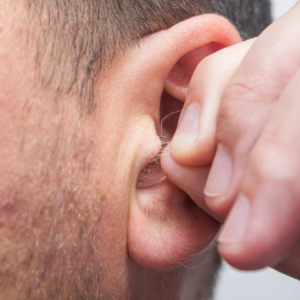
What Happens to Your Body During a 36-Hour Fast? Experts Weigh In
Fasting for 36 hours has gained popularity among health enthusiasts for its potential benefits, including fat loss, cellular repair, and improved insulin sensitivity. Unlike shorter fasts like 16:8, the 36-hour fast is more intense—typically from dinner one day to breakfast two days later.
In the first 12 hours, your body burns glucose and stored glycogen. By 16 hours, ketones begin fueling the body, signaling the switch to fat-burning. Between 24 and 36 hours, autophagy—a process of cellular cleansing—peaks, and insulin sensitivity improves.

Benefits include reduced inflammation, mental clarity, and metabolic flexibility. However, risks exist. Without proper hydration or supervision, you may experience dizziness, nutrient deficiencies, mood swings, or digestive issues. Those with medical conditions, pregnant women, or people with a history of disordered eating should avoid extended fasts.
Experts recommend easing into longer fasts with shorter durations first, staying hydrated, and breaking the fast with light meals. While the 36-hour fast can be beneficial, it’s not for everyone. For most, shorter intermittent fasts may provide health benefits with fewer risks. Always consult a healthcare provider before starting extreme fasting routines.





